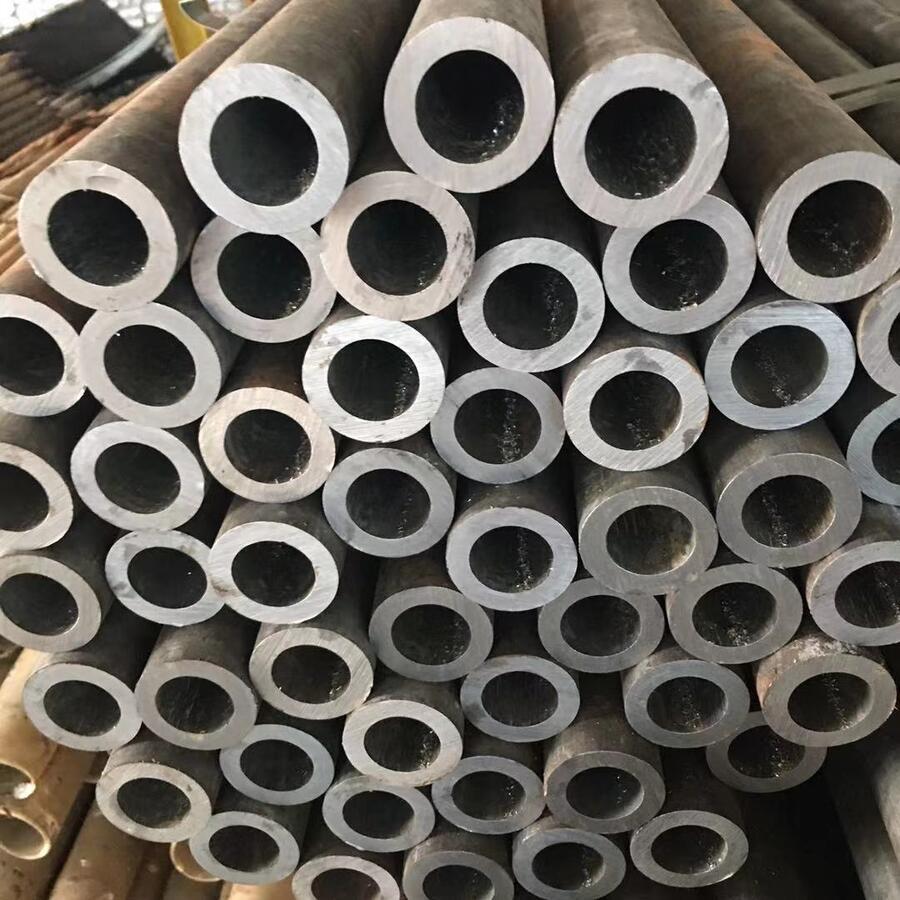The Steel Rebars mill is a critical component in modern metallurgical production, transforming billets into high-strength reinforcement bars used in construction and infrastructure projects. This article delves into the technical aspects of rebar rolling mills, their operational parameters, and the innovative solutions offered by industry leaders like HANI TECH.
1. Introduction to Steel Rebars Mill
A Steel Rebars mill is a specialized rolling mill designed to produce reinforcement bars (rebars) with precise dimensions and mechanical properties. These mills typically consist of a series of rolling stands, cooling beds, and finishing equipment to ensure the final product meets international standards such as ASTM, BS, or GB.
Modern rebar rolling mills incorporate advanced automation systems to optimize production efficiency and reduce energy consumption. HANI TECH, a leading manufacturer of metallurgical equipment, provides turnkey solutions for Steel Rebars mills, including rolling mill stands, gearboxes, and auxiliary systems.
2. Key Components of a Steel Rebars Mill
The production line of a Steel Rebars mill typically includes:
- Reheating furnace: Heats billets to optimal rolling temperatures (1100-1250°C)
- Roughing mill: Reduces billet dimensions through multiple passes
- Intermediate mill: Further reduces cross-section and prepares for final shaping
- Finishing mill: Achieves final dimensions and surface quality
- Cooling bed: Controls cooling rate to achieve desired mechanical properties
- Shearing and bundling equipment: Prepares finished rebars for shipment
3. Technical Parameters of Steel Rebars Mills
The performance of a Steel Rebars mill depends on numerous technical parameters. Below is a comprehensive table comparing different mill configurations:
| Parameter | Small Mill | Medium Mill | Large Mill | HANI TECH Premium |
|---|---|---|---|---|
| Annual Capacity (tons) | 100,000-300,000 | 300,000-600,000 | 600,000-1,200,000 | Up to 2,000,000 |
| Rolling Speed (m/s) | 6-12 | 12-18 | 18-25 | 25-40 |
| Finished Product Diameter (mm) | 8-32 | 8-40 | 8-50 | 8-60 |
| Mill Stand Configuration | 6-10 stands | 10-14 stands | 14-18 stands | 18-22 stands |
| Main Motor Power (kW) | 1,500-3,000 | 3,000-6,000 | 6,000-10,000 | 10,000-15,000 |
| Energy Consumption (kWh/t) | 45-55 | 40-50 | 35-45 | 30-40 |
| Automation Level | Semi-automatic | Automatic | Fully Automatic | Smart Factory |
4. Advanced Technologies in Modern Steel Rebars Mills
HANI TECH incorporates several innovative technologies in their Steel Rebars mills to enhance performance:
4.1 Thermex Technology: This advanced cooling system precisely controls the temperature of rebars after rolling to achieve optimal mechanical properties without additional heat treatment.
4.2 High-Precision Rolling: Utilizing hydraulic AGC (Automatic Gauge Control) systems, modern mills can maintain dimensional accuracy within ±0.1mm.
4.3 Energy Recovery Systems: HANI TECH’s mills often include waste heat recovery systems that can reduce energy consumption by up to 15%.
5. Maintenance and Spare Parts for Steel Rebars Mills
Proper maintenance is crucial for the longevity of rebar rolling mills. HANI TECH offers comprehensive spare parts and services through their specialized platforms:
For rolling mill components and accessories, visit HANI Metallurgical Equipment, which provides high-quality replacement parts for all major mill components.
For furnace-related components and melting equipment, HANI Metallurgy offers specialized solutions to maintain optimal billet heating conditions.
6. Future Trends in Steel Rebars Mill Technology
The Steel Rebars mill industry is evolving with several key trends:
- Increased adoption of Industry 4.0 technologies for predictive maintenance
- Development of ultra-high-speed rolling for special alloy rebars
- Integration of AI for quality control and process optimization
- Greater emphasis on energy-efficient designs to reduce carbon footprint
As a trusted provider of metallurgical equipment, HANI TECH continues to innovate in Steel Rebars mill technology, offering solutions that combine high productivity with environmental sustainability.
Whether you’re planning a new rebar rolling mill installation or upgrading an existing facility, understanding these technical parameters and technological advancements will help you make informed decisions for your steel production operations.




